What Are the Risks of Using AI in Education and Vocational Training
Artificial Intelligence (AI) is making big changes in education and training. Thanks to AI, adaptive learning, testing bots, virtual instructors, and skill-building applications are changing the field of teaching and education. Even so, the EU Artificial Intelligence Act groups AI applications in education and training as belonging to the high-risk category. Being in this position imposes laws and ethical rules that help protect learners, educators, and training entities. Gaining knowledge of the positives and negatives of AI as schools and training institutions embrace it is very important. The EU AI Act points out that AI should be transparent, accountable, and protect personal data in its use in education.
Part 1: How Is AI Being Used in Education and Vocational Training Currently
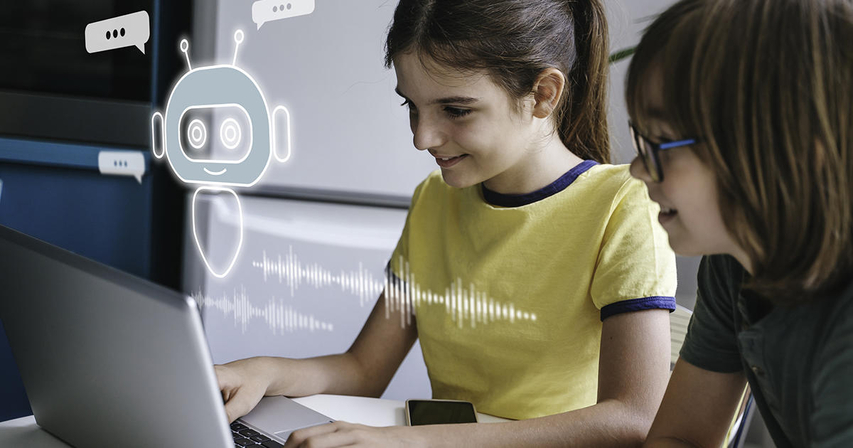
Artificial intelligence is quickly revolutionizing the education and vocational training sector and provides new levels of effectiveness, availability, and customization. AI technologies are being incorporated in primary schools and gaining their way into professional development programs, to assist learners and educators alike. One of the brightest of them is maybe personalized learning where AI tailors educational content to the demands of particular learners and their learning speed, enabling students to grasp ideas more effectively.
The teachers, on their part, find it practical to employ the AI-assisted technologies, e.g., automated grading systems which reduce the administrative load significantly and provide instant feedback to the learners. Natural language processing enables virtual tutors that work 24/7 to help with questions and explanations and bridge those learning gaps that occur outside of the classroom. Meanwhile, AI applies to skills check with the help of clever algorithms that analyze the student progress and modify the training accordingly.
Adaptive training systems go even further, as they continuously adjust the content depending on how a particular learner performs in real time. Although they contribute to better outcomes and efficiency, they highlight the issue of data privacy, algorithmic bias, and fair accessibility, which need particular attention to realize responsible artificial intelligence application in education.
Part 2: What Are the Key Risks of Using AI in Education and Vocational Training
Artificial intelligence is transforming education and professional training, increasing innovations, and improving efficiency. Nonetheless, challenges to its usage also pose essential threats that should be taken into consideration by educators and institutions.
1. Problems with data privacy
The apps based on artificial intelligence are aimed at collecting and analyzing much data of students and teachers. Unless the security is robust, this data may be exposed, and it may end up questioning the rights of GDPR as well as the privacy of the users.
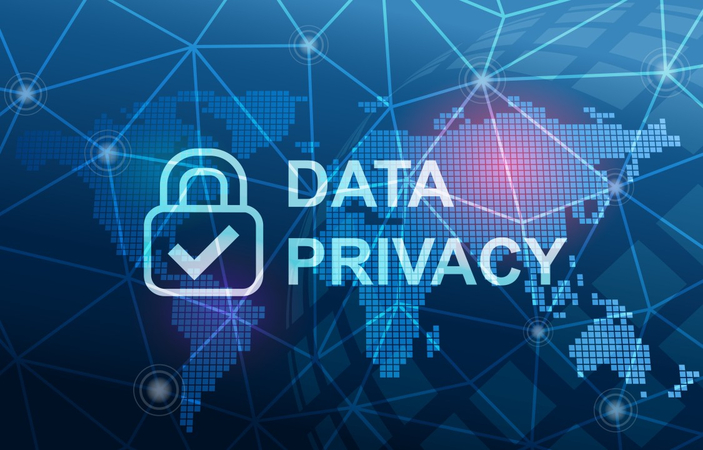
2. Algorithmic Bias
When algorithms are trained with data containing biases, there is a risk that they may spread stereotypes or treat some groups differently. It is very risky when it comes to fairness in activities related to grading or admissions programs.
3. Overdependence on Technology
Too much use of AI tools may lower students' ability to think and solve problems independently. This process will also hand over the role of teaching from teachers to machines, lessening the effectiveness of education.
4. Decreased Human Interaction
If platforms are powered by AI, the amount of student-teacher interaction might fall and students may receive less emotional support and help tailored to their needs, all of which help with full learning.
5. Possible Displacement of Teachers
Grading and tutoring, which teachers often do, over time might make certain positions less needed, making teachers' jobs change to focusing on AI.

Part 3: What Can Users Do to Minimize AI Risks in Education and Vocational Training
Since AI is being introduced more into education and training, caution is needed to deal with its risks. It is important for users to take actions to avoid privacy problems and bias in the algorithms. How can we deal with these problems related to AI?
For Students: Know Your Rights and Stay Informed
Students ought to remain cautious of the manner in which educational platforms and AI systems gather, store, and utilize their personal data. We need to hold these platforms accountable, especially regarding the explanation of how the decisions made by the AI work, i. e. grading, recommendations, or disciplinary measures. Building a good AI literacy understanding can also enable students to use these technologies in a more confident and critical way, to represent themselves in a more digital learning environment.
For Educators: Human Oversight Must Remain Central
Teachers can help to make sure that the AI is applied ethically and successfully in the classroom. AI tools should not be implemented to substitute human judgment; on the contrary, they should assist in teaching and improve it. These systems should be audited frequently to ensure fairness, correctness, and unintentional biases. In addition, integrating ethical deliberations concerning AI in the curriculum will equip students with the mindset to be critical in thinking about this technology and its ramifications in society.
For Educational Institutions: Choose Compliant, Transparent AI Tools
It is the liability of institutions to choose AI solutions that will be compliant with the dynamically changing legal frameworks, including the EU AI Act. Vendors who show a level of transparency in their algorithms and have a solid offering in terms of data protection should also be prioritized. By developing proper guidelines on acceptable usage of AI in the institution, the responsible use of this technology can be established, and hold people accountable to restore some much-needed trust in both students and staff.
Part 4: Bonus Insight - Why Video Quality Matters in AI-Powered Learning Platforms
Online and real classrooms need high-quality video to engage students and ensure efficient communication. Poor visuals can be grainy, blurred, noisy videos or simply low-resolution images. These can easily distract the learners, kill the attention, and hamper the comprehension even in a case where the lesson content is engaging. Visual elements need to be clear and concise, this is necessary particularly when the information that is being displayed is complex or technical.
HitPaw VikPea is an AI-powered video enhancement tool designed to improve video clarity, resolution, and overall visual quality. It offers such features as noise reduction, frame interpolation, and upscaling to 4K, which is why it can be great to use by educators who wish to provide their students with visually stimulating and professionally-looking teaching content. HitPaw VikPea makes the lessons effective by enhancing the quality of the videos with the help of AI technologies and thus, makes them consistent with the requirements of contemporary learning platforms.
Key Features of HitPaw VikPea
- AI Video Repair: Automatically repair broken, corrupted, or visually aged lesson videos to restore clarity and ensure smoother playback for educational use.
- 4K/8K Upgrading: AI video enhancer enhances video resolution from standard or HD to ultra-clear 4K/8K, ideal for immersive hybrid and remote classroom learning experiences.
- Deinterlacing andBlur Removal: Sharpen videos captured with handheld devices or during motion scenes by eliminating interlacing artifacts and motion blur.
- Multiple AI Models: Apply specialized AI models to suit different video types, including animation enhancement or facial detail refinement in interviews and lectures.
How to Use HitPaw VikPea to Enhance Educational Videos Step by Step
Step 1:Go to the official HitPaw VikPea website or click the download button to install HitPaw VikPea.
Step 2:Open the software and import your video by clicking "Choose File" or dragging and dropping it. HitPaw VikPea supports over 30 formats, including MP4, AVI, MOV, and MKV.

Step 3:Select an AI model to enhance your video. Options include noise reduction, detail recovery, face enhancement, AI video repair, animation enhancement, color correction, frame interpolation, and stabilization.

Step 4:Click "Preview" to process the video. Once satisfied, click "Export" to save the enhanced version. For batch processing, use the "Import" button to apply the same model to multiple videos.

Conclusion
One of the biggest changes that AI will bring to is education and vocational training. All as much as we are meant to welcome these technologies, we ought to be wary of the threats presented. The EU AI Act proposes that AI use should be explainable, respectful and legal. Making practical decisions with AI, being watchful, and promoting equality among all can ensure that our learning environment is successful in the future. HitPaw VikPea is a powerful solution designed for educators and institutions who want to use video in their training program within the limits of the law.




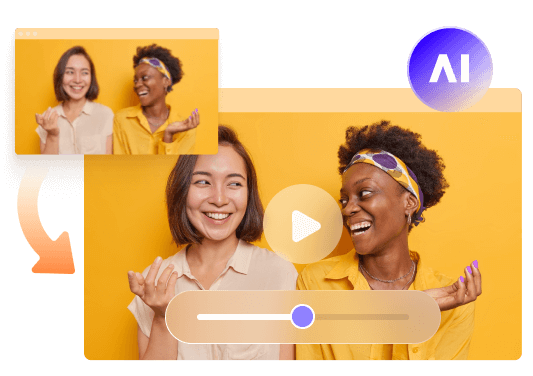




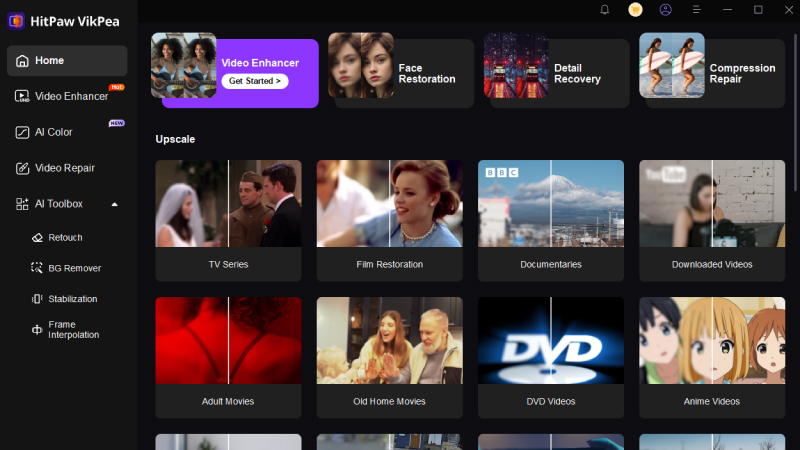
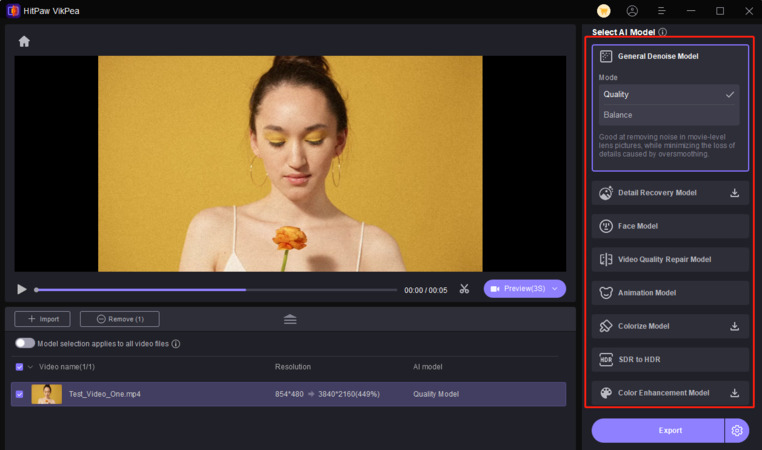

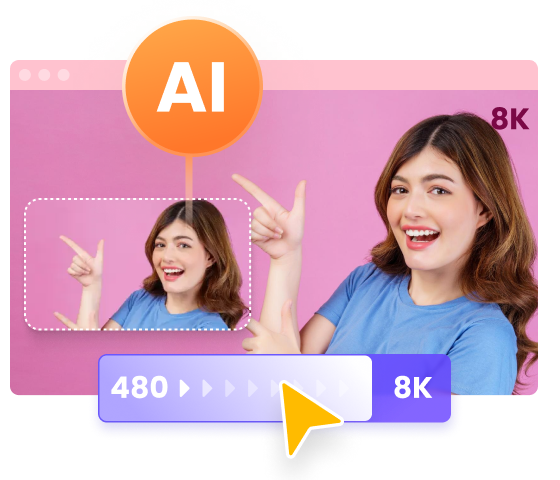
 HitPaw Univd (Video Converter)
HitPaw Univd (Video Converter)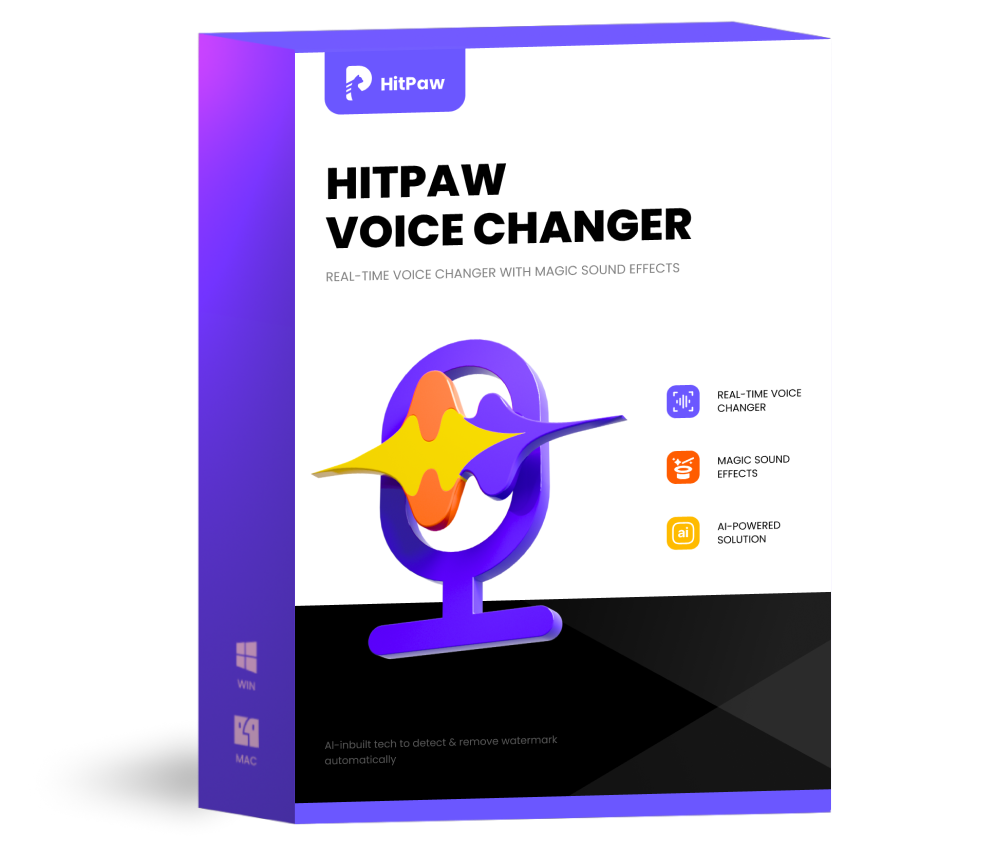 HitPaw VoicePea
HitPaw VoicePea 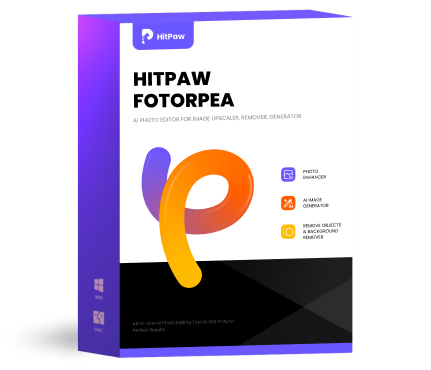 HitPaw FotorPea
HitPaw FotorPea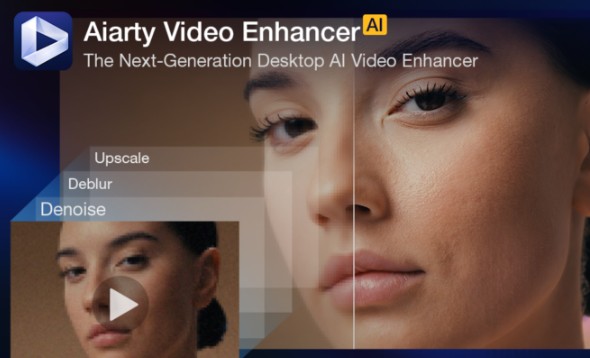

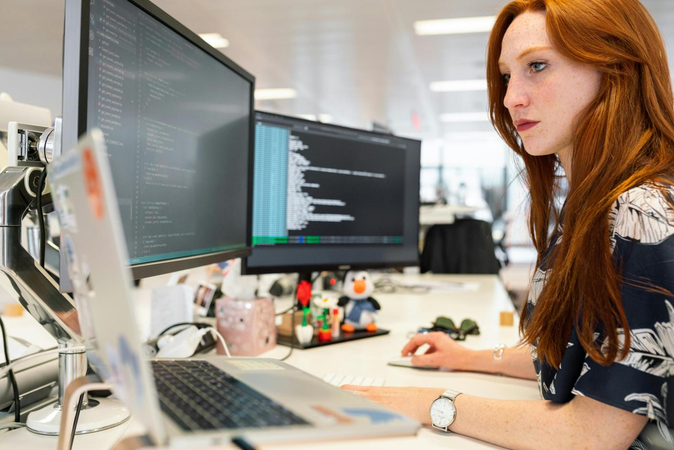

Share this article:
Select the product rating:
Daniel Walker
Editor-in-Chief
This post was written by Editor Daniel Walker whose passion lies in bridging the gap between cutting-edge technology and everyday creativity. The content he created inspires the audience to embrace digital tools confidently.
View all ArticlesLeave a Comment
Create your review for HitPaw articles